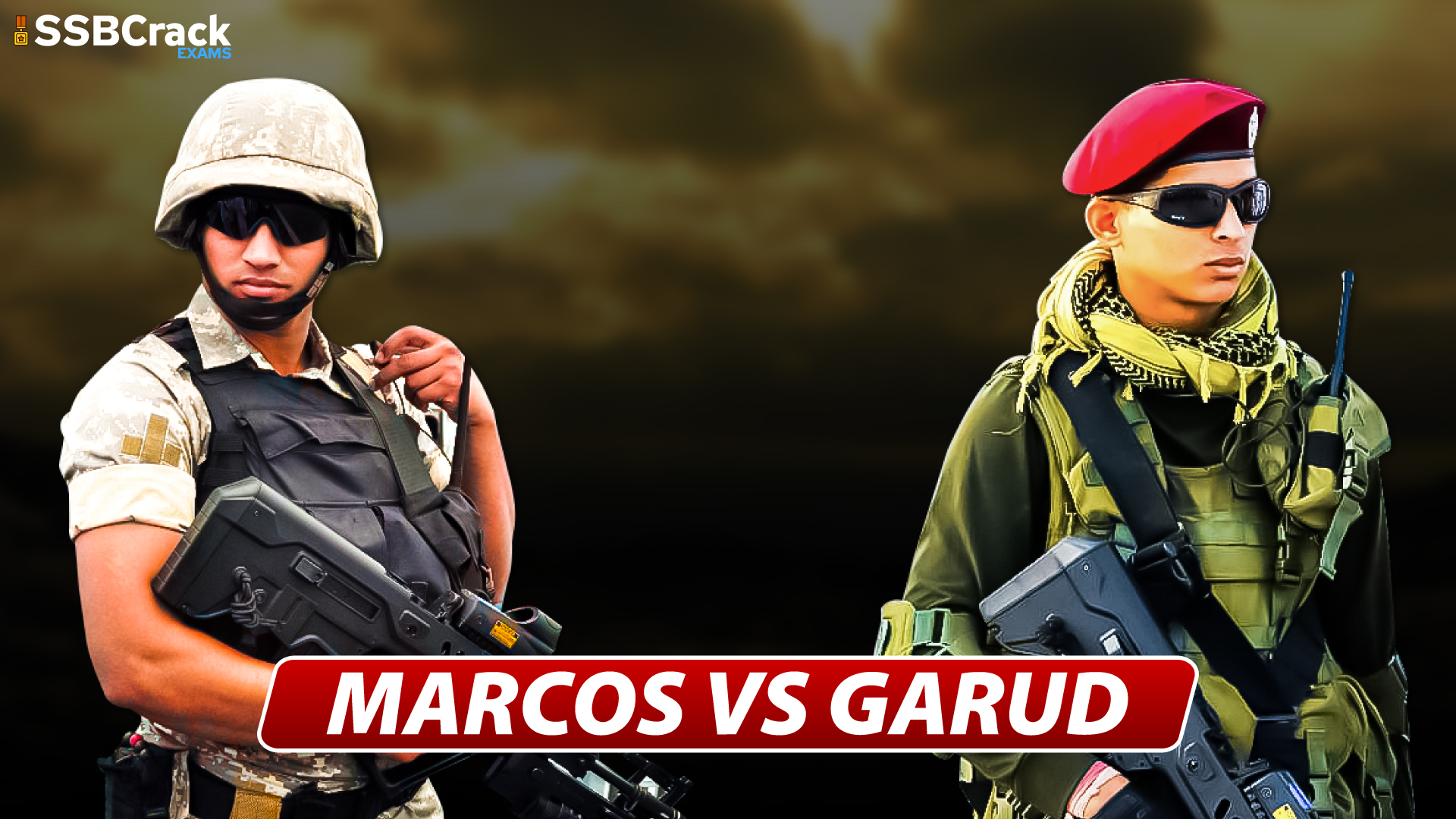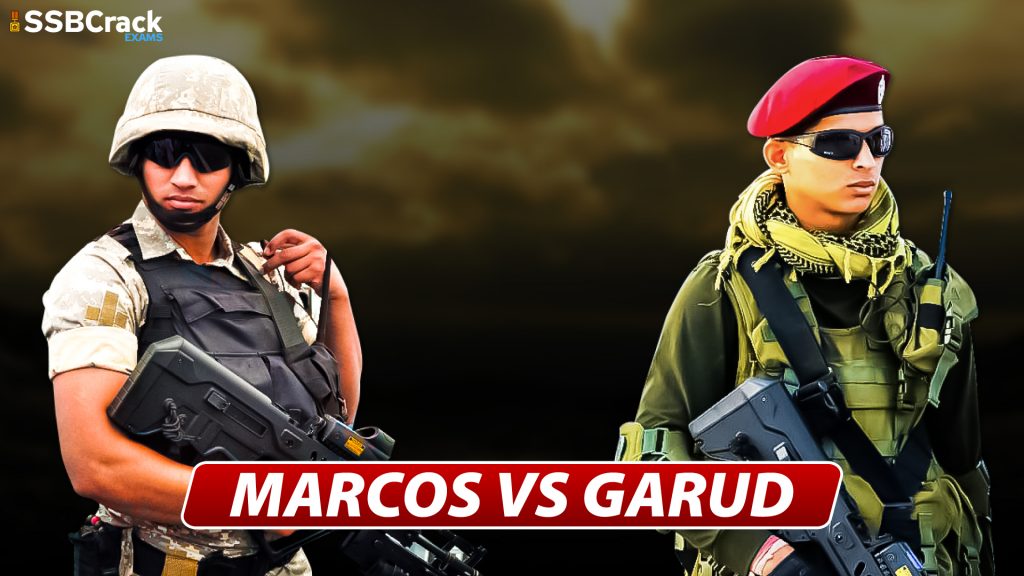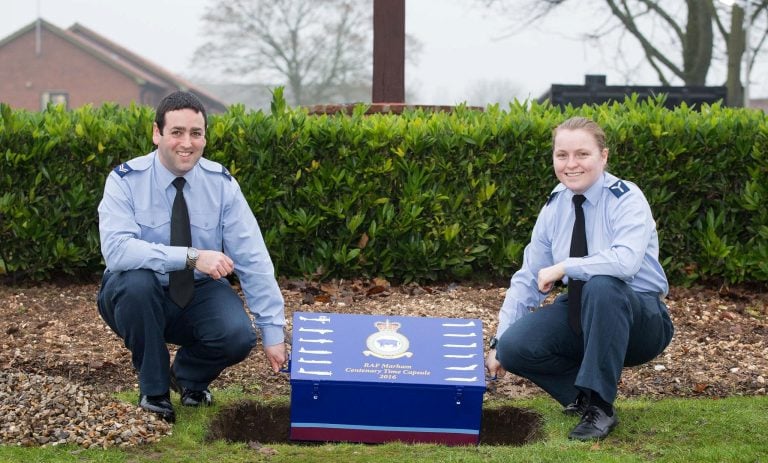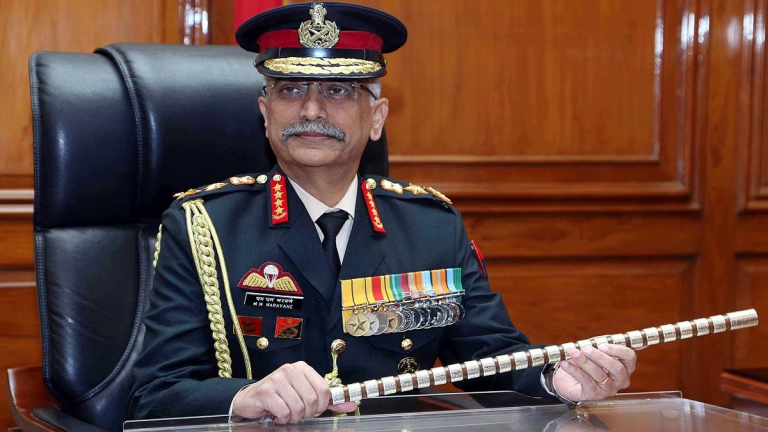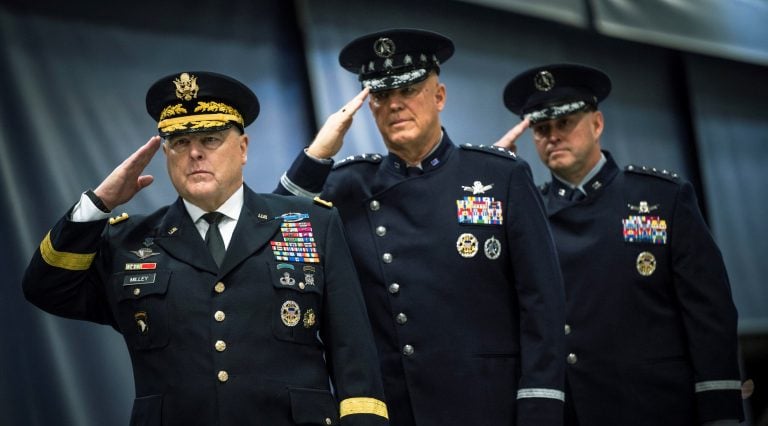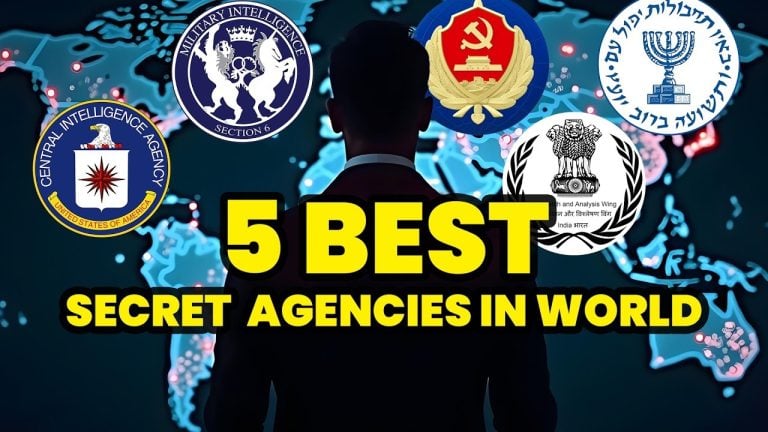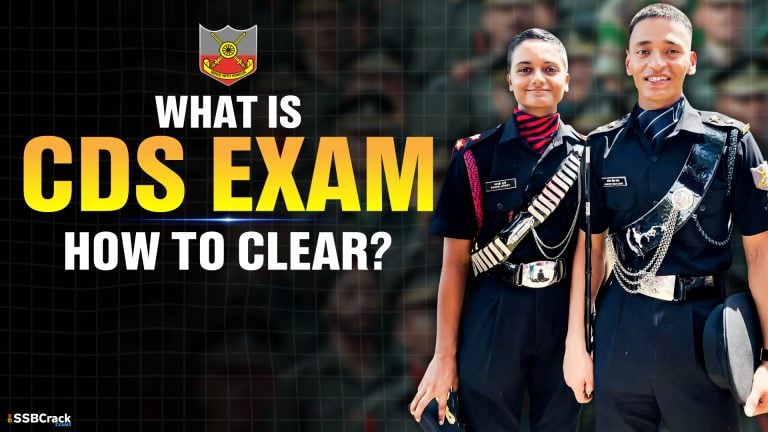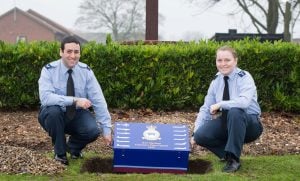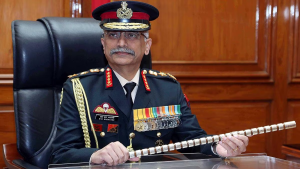The Indian Navy’s MARCOS and Indian Air Force’s Garud Commandos are both elite commando units. They specialise on different functional roles set by their parent force. Media reports reveal that their training is on par with the best commando forces in the world. We present to you the differences between MARCOS and Garud Commandos.
MARCOS
The Marine Commandos, abbreviated as MARCOS and formally known as the Marine Commando Force (MCF), are the Indian Navy’s special forces unit in charge of special operations. In February 1987, the MARCOS were established. MARCOS can operate in a variety of situations, including at sea, in the air, and on land. The force has steadily gained greater experience and a reputation for professionalism on a global scale. The MARCOS execute counter-insurgency operations in Jammu and Kashmir by conducting specialized marine operations across the Jhelum River and Wular Lake, a 65 square kilometer (16,000 acre) freshwater lake. Some MARCOS units are part of the Armed Forces Special Operations Division, a tri-services organization.
Also Read: How To Become A MARCOS – Marine Commando Of Indian Navy
Structure and Organisation
The MCF is based in naval bases in Mumbai, Visakhapatnam, Goa, Kochi, and Port Blair at the moment. The existing training facility at the Naval Special Warfare Training and Tactical Centre will be relocated to a new facility at the former Naval Academy in Goa.
The base where MARCOS was created was the INS Abhimanyu in Mumbai. It was named after Abhimanyu, a figure in the Mahabharata epic. The Western Naval Command is in charge of the base. It was first conceived in 1974 and commissioned on May 1, 1980. In 1987, the Indian Marine Special Force (IMSF) was stationed there. The naval facility INS Karna, near Visakhapatnam, was commissioned as a permanent base for the unit on July 12, 2016.
Functions
- Air assault
- Airborne force
- Amphibious reconnaissance
- Amphibious warfare
- Close protection
- Close-quarters combat
- Counter-terrorism
- Direct action
- Hostage rescue
- Special operation
- Special reconnaissance
- Unconventional warfare
- Underwater demolition
Selection & Training
MARCOS members are all men in their early twenties who are picked from the Indian Navy after undergoing a rigorous selection procedure and training. The selection criteria are exceedingly stringent. Training is a never-ending process. The first training program, which today comprises a two-year school for prospective members, was helped put up by American and British special forces. Airborne operations, combat diving courses, counter-terrorism, anti-hijacking, anti-piracy operations, direct action, infiltration and exfiltration techniques, special reconnaissance, and unconventional warfare are among the topics covered in the training. The majority of the training takes place at INS Abhimanyu, which also serves as MARCOS’ home base.
There are two stages to the pre-training selecting procedure. Those who wish to join MARCOS in the Indian Navy must pass a three-day physical fitness and aptitude test. Approximately 80% of the candidates are weeded out during this procedure. A second screening procedure known as ‘hell’s week’ is akin to the “Hell Week” of the US Navy SEALs. This entails a lot of physical activity and sleep deprivation. Following this, the actual training begins. Approximately 98 percent of volunteers who sign up do not meet the MARCOS requirements.
MARCOS training takes anywhere from two and a half to three years to complete. The basic training takes six months to complete. The first two months are spent in the selection process, during which candidates are subjected to tough physical testing, with only half of them passing. They will be taught to utilize various weapons, conduct specific combat procedures, and acquire intelligence from the adversary over the following nine months. The cadets begin by learning the fundamentals of diving and commando tactics and skills. Those who successfully complete this phase are trained in all aspects of contemporary combat and in all scenarios. After that, you’ll spend a year learning specialized techniques like close combat, including Krav Maga.
Garud Commandos
The Garud Commando Force is the Indian Air Force’s special forces organization. It was founded in September 2004 and now has a force of over 1500 people. Garuda, a heavenly bird-like creature in Hindu mythology, is the unit’s name. Garud is responsible for the security of important Air Force facilities and installations, as well as search and rescue operations in both peace and war and disaster assistance during natural disasters. Garuds are now stationed in Congo as part of UN peacekeeping operations.
Also Read: How To Become A Garud Commando
Structure and Organisation
In the Indian Air Force, Garud troops are enlisted as airmen. The Garud commandos are divided into fifteen groups called ‘flights.’ These planes are stationed at air force bases. Each flight is headed by an officer with the rank of Squadron Leader or Flight Lieutenant and consists of 60 to 70 troops operating in squadrons of 14 soldiers. As of 2017, the Garud Commando Force has a stated strength of over 1500 people. The unit is led by a Wing Commander officer. The force will be bolstered with more people.
Functions
- Air assault
- Airborne forces
- Airfield control and defense
- Air traffic control
- Close protection
- Close quarters combat
- Combat search and rescue
- Counter-insurgency
- Counter-Terrorism
- Direct Action
- Fire support
- Foreign internal defense
- Forward air control
- Hostage rescue
- Human Intelligence Gathering
- Peacekeeping
- Personnel recovery
- Reconnaissance missions
- Special operations
- Special reconnaissance
- Unconventional Warfare
Selection & Training
Candidates for Garud Commandos are not chosen from volunteers from other branches, unlike their Army and Navy colleagues. The Garuds are recruited directly through airmen selection centers through ads. Candidates who are deemed to be qualified for the force must go through a rigorous physical training program. Candidates only have one shot at becoming a Garud trainee. After completing training and meeting the appropriate criteria, a recruit is accepted into the Commando force and remains in this stream for the rest of his career. He will be assigned to a Garud Unit wherever he is stationed in the IAF. This strategy assures that the Commando Force’s highly trained troops stay with the IAF throughout their careers.
Garud recruits go through a 72-week training program. The Basic Training course is the most extensive of all the Indian special forces training programs, but it also includes basic training. The complete training time required for a trainee to qualify as a fully operating Garud is around three years.The first phase is a three-month probationary training program that selects the most promising individuals for further training. The Garud Regimental Training Centre at Hindon, Ghaziabad, near New Delhi, conducts this phase, which has a high attrition (Drop-out) rate.
The Special Frontier Force, army special forces, and the National Security Group provide the next step of special operations training. The basic airborne portion is completed at the Parachute Training School (PTS) in Agra for those who qualify. The trainees are trained alongside Indian Army paratroopers.The remaining phases focus on specialty disciplines such as jungle and winter survival, demolition, and so on. Garuds also receive training at the Indian Navy’s diving school and the Army’s Counter Insurgency and Jungle Warfare School (CIJWS). Active actions on being attached to Special Force Units of the Indian Army, which aids the Garuds in obtaining operational experience, are the final part of training. Following induction, the commandos get further training in areas such as anti-hijack counter-insurgency, jungle and winter survival methods, specialist weapon handling, and advanced diving.
Conclusion
Regardless of the challenges they face, both these forces are well trained and well equipped to overcome them. Although they are trained to serve different functions, one common factor between them would be their rigorous training and commitment to excellence. Aspirants should be inspired by this and aim to inculcate that relentless pursuit for the objectives set for themselves. SSBCrackExams provides ample resources to support aspirants in their journey.
Also Read:
- How To Become A MARCOS – Marine Commando Of Indian Navy
- Difference Between PARA SF And NSG [Explained]
- Why PARA SF Is Called ‘Glass Eaters’
- How To Become A PARA SF Commando In Indian Army
- 11 Things You Must Know About Balidaan Badge And Para SF
- All The Badges Of A PARA SF Commando
- 5 Weapons Used By PARA-SF Commandos
- How To Become A NSG Commando – National Security Guards
- 5 Weapons Used By Garud Commandos
- How To Become A Garud Commando

